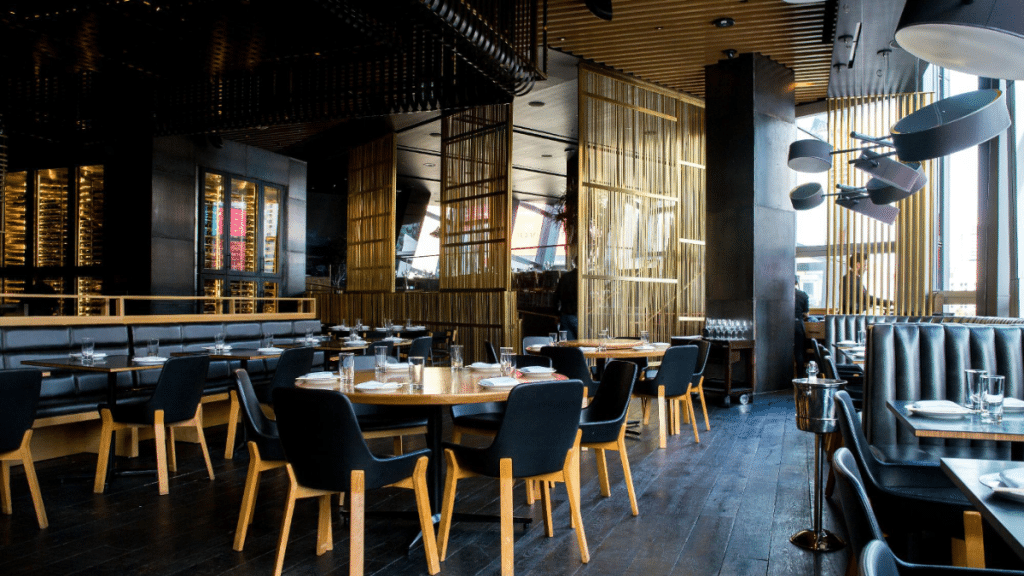Opening a new restaurant or refurbishing an existing one can be a thrilling venture. The choices you make regarding your kitchen’s hardware will significantly impact not only the cuisine you serve but also the efficiency and productivity of your operations. Seeking the appropriate balance between budget constraints and the must-have equipment to meet your restaurant’s demands is fundamental for success. Below, we delve into expert tips to help guide you in selecting the right equipment for your restaurant.
Navigating the World of Restaurant Equipment Suppliers and Warranties

Choosing the right supplier is as important as selecting the equipment itself. Look for suppliers with a solid reputation, quality customer service, and comprehensive support. The Restaurant Warehouse is an excellent example of a supplier that combines quality inventory with knowledgeable service, ensuring that you can purchase with confidence.
An important consideration is the warranty period and service terms. A strong warranty can protect your investment and provide peace of mind. Make sure to understand what is covered under the warranty and for how long, as well as what maintenance is required to keep it in effect.
Finally, establish a relationship with your supplier. A trusted partnership can provide you with access to the latest industry insights, equipment updates, or even exclusive deals. Building this rapport ensures that you’ll have support long after the initial purchase.
Choosing Quality Over Quantity: Investing in Durable Restaurant Equipment
It’s tempting to try to save money by purchasing cheaper equipment, but in the restaurant industry, quality often trumps quantity. High-quality equipment is built to endure the rigors of a busy kitchen and can have a significant impact on food quality and service speed. Look for reputable brands known for their durability and reliability.
Consider the long-term costs of equipment. Initially, more expensive items may prove more cost-effective over time due to lower maintenance costs, fewer repairs, and increased energy efficiency. In the long run, these savings can outweigh the upfront investment.
A smart approach is to prioritize spending on equipment that is central to your cuisine or service style. For instance, a pizzeria would want to invest in a high-quality pizza oven since it’s the cornerstone of their operation. Lesser-used appliances or those that serve auxiliary functions may not require the same level of investment.
Balancing Aesthetics and Functionality in Restaurant Equipment Selection
The visual appeal of your kitchen equipment may not seem paramount, but it becomes crucial if your restaurant design incorporates an open kitchen or cooking demonstrations. In these cases, equipment should blend with the overall design aesthetic, contributing to a cohesive and enjoyable dining experience for customers.
Even when equipment is out of public view, its design should still facilitate a clean and organized working environment. Stainless steel surfaces are not only sleek and professional but also easier to clean and maintain. This attention to hygiene is essential for both food safety and staff satisfaction.
Keep ergonomics in mind to ensure that the equipment layout is logical and promotes ease of movement. These considerations will not only reduce the risk of workplace injury but also aid in the swift completion of tasks. A well-designed kitchen with an emphasis on functionality can significantly improve service speed and the quality of food.
The Importance of Energy-Efficient Equipment for Sustainable Restaurant Management
Energy-efficient equipment is not only better for the environment but also for your bottom line. Restaurants are energy-intensive businesses, and opting for energy-saving appliances can lead to considerable cost savings. Moreover, these savings add up over the extended lifespan of the equipment.
The focus on sustainable restaurant management is becoming increasingly important to consumers. By choosing energy-efficient equipment, you are also making a statement about your restaurant’s commitment to sustainability, which can be a compelling marketing point for environmentally conscious diners.
Reducing your carbon footprint can also qualify your business for various tax incentives, rebates, and certifications that support eco-friendly practices. Therefore, investing in energy-efficient equipment can have multiple beneficial outcomes beyond reduced utility bills.
Overall, outfitting your restaurant with the right equipment is a critical component that demands thoughtful consideration. By prioritizing durable, efficient, and aesthetically pleasing equipment and partnering with reliable suppliers, you can create a seamless harmony between the demands of your business and the expectations of your clientele, paving the way for culinary success.

